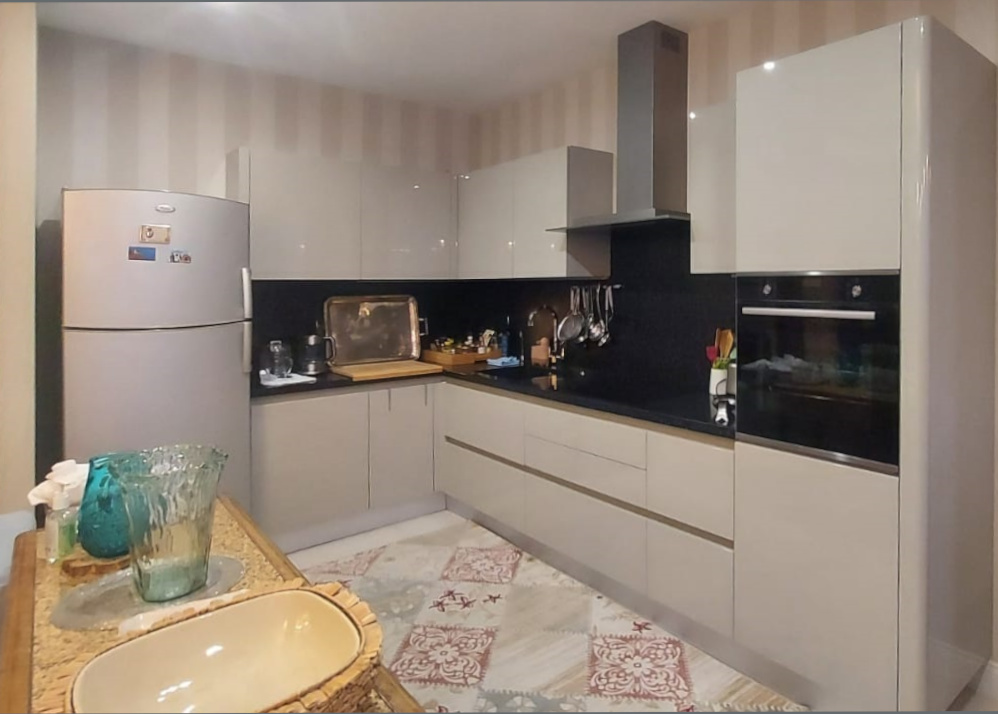
Culinary Elegance: Simplified Design
The Essence of Minimalism in Cuisine
Creating culinary masterpieces doesn’t require complexity; it demands creativity and an understanding of balance. Minimalism in cooking is about stripping back to the essential flavors and components, focusing on high-quality ingredients, and presenting them in a way that is both beautiful and unassuming. This philosophy is not about cooking with less, but rather, making every ingredient and gesture count.
Harmony in Ingredients
One of the fundamental principles of simplified culinary design is the harmonious selection of ingredients. Chefs who embrace this approach choose fewer elements for each dish but ensure they are of the utmost freshness and quality. Each component is chosen for its contribution to the overall flavor profile and aesthetic balance, ensuring that the resulting dish is cohesive and elegant.
Aesthetic Simplicity on the Plate
In simplified culinary design, the visual presentation is just as important as the taste. The goal is to draw the diner’s eye and appetite to the dish without overwhelming them with unnecessary garnishes or elaborate arrangements. Dishes are plated with intention, allowing the natural beauty and colors of the food to stand out. This not only enhances the visual appeal but also spotlights the ingredients themselves.
The Art of Reduction
Reduction in cooking is a technique used to intensify flavors and thicken sauces. However, in the context of culinary elegance, it refers to the process of refining recipes to their core essentials. This involves reducing the number of ingredients and steps in the cooking process, emphasizing clarity of flavor, and avoiding the muddling of too many tastes. This careful paring down results in a more impactful dining experience.
Creating Flow in the Kitchen
A simplified design is not just about the final dish but also the process of creating it. Streamlining the workflow in the kitchen can drastically improve the cooking experience and the quality of the food. This means organizing the kitchen space for efficiency, decluttering work areas, and optimizing tools and equipment for the tasks at hand. Chefs who practice this principle find that a less cluttered environment promotes a clearer focus on the creative aspects of cooking.
Engaging All Senses
Culinary elegance is multi-sensory. Every dish should not only please the palate but also engage sight, smell, touch, and even sound. Whether it is the satisfying crunch of perfectly crisped vegetables or the sizzling sound of a searing steak, each sensory element contributes to the overall enjoyment of the meal. By paring down recipes and presentation, chefs give diners the opportunity to fully appreciate each sensory aspect of their food.
Conclusion: The Beauty of Less Is More
Simplified culinary design is rooted in the philosophy that less is more. By focusing on the purity of ingredients, the elegance of presentation, and the efficiency of the cooking process, chefs can create dishes that are not only visually stunning but also deeply satisfying. Minimalist culinary artistry lies in the ability to discern which elements are essential and having the restraint to let those elements shine. In the end, culinary elegance is achieved not through grand gestures but through the thoughtful consideration of every detail.